The Science Behind Compression Socks: 5 Health Benefits You Didn’t Know
Key Takeaways
-
Compression socks boost blood flow in the legs with applied pressure. They reduce blood pooling and promote venous return, meaning they’re particularly great for those who stand for long periods or are susceptible to circulatory problems.
-
Wear your compression socks daily to lessen swelling and oedema in the feet and legs. Selecting the right compression level is vital for effective fluid management and symptom relief, particularly if you have chronic swelling or condition.
-
Compression socks offer vital support to weakened veins for anyone coping with varicose veins. They relieve discomfort and visible swelling, which is particularly advantageous for those with a family history or people who are pregnant.
-
Athletes may wear compression socks to combat muscle vibration and fatigue during training and competition. This could improve endurance and maintain performance across sports.
-
Adding compression socks to your post workout recovery stages successfully reduces muscle soreness and inflammation. Wearing them as recommended and at the right compression levels maximizes your recovery.
-
“You need to think about why you’re buying compression socks and what your needs are?” Things like underlying conditions, activity level and your required outcome will ensure that the selected product provides you with optimal benefit and comfort.
In the UK, we’re well acquainted with compression socks to up blood flow in our legs. They relieve swelling and fatigue in tired muscles. They regularly contain elastic fibres that give a tight fit.
They deliver sustained pressure from the ankle up to the knee. Lots of us in the UK use compression socks for long-haul flights and sport. They’re useful for day-to-day jobs that involve lengthy periods of standing.
They’re available in a choice of knee-high, open-toe and graduated types in both men and women’s sizes to order online and in shops. Some NHS services recommend compression socks for vein problems.
1. Enhanced Blood Circulation
Compression socks, specifically designed with graduated pressure, boost circulation effectively. They are snug at the ankle and gradually relax as they ascend the leg, pulling blood back towards the heart. This innovative design prevents blood pooling and supports vein function, making them essential for individuals suffering from circulation issues.

Many people experience swelling or heaviness in their legs, and those with varicose veins or diabetes often rely on medical compression socks to stimulate their circulation. These socks are also beneficial for office workers who sit for extended periods and for those who are on their feet all day, such as healthcare professionals.
For instance, long-haul flight passengers frequently wear compression socks to minimize the risk of developing deep vein thrombosis (DVT). The science behind this is straightforward; consistent pressure maintains blood flow and prevents accumulation in the lower legs and feet.
Some healthcare providers suggest that wearing compression socks can enhance oxygen delivery to muscles and help remove lactic acid, potentially reducing the risk of tired legs or cramps, although further studies are needed to confirm these benefits. Research indicates that runners and athletes may experience a slight performance or recovery boost from using sports science compression socks, but results can vary.
Most wear compression socks for hours at a time. Don’t wear them all night, as they can get uncomfortable with prolonged use. Advantages aren’t immediate. Improved circulation can take weeks or months to be evident, particularly for health problems.
Choosing the right size and seeking medical supervision is crucial for achieving optimum results with compression wear.
2. Reduced Swelling and Oedema
Compression socks are notable for their apparent role in relieving swelling and oedema. They exert a soft, systematic pressure. They assist blood and fluid in travelling up the legs, reducing the pooling that often results in swollen feet and ankles.
For those who spend all day on their feet, or even sitting, using compression socks provides noticeable alleviation from daily swelling. This is particularly true for people with swelling from injury or blood clots. It works with chronic health conditions, too, such as heart or kidney issues.
Oedema socks are made from soft, flexible fabric and often have a loose-fitting design. They’re snug even with swollen feet, without digging in or adding unnecessary pain.
The science of compression socks is actually quite straightforward. Gradient compression, as in oedema socks, operates by squeezing superfluous fluid from the legs back towards the heart. This helps alleviate swelling and pain from water retention.
Compression levels really do matter! They vary from mild to moderate. The right option will depend on how much swelling you have and your unique health requirements. Some may notice reduced swelling within days. For some people, it may take weeks or even months for people to notice a visible difference.
Selecting the right compression level can be huge. Keep these tips in mind:
-
Talk to your doctor if you have any underlying health issue.
-
Begin with light compression if you’re new to compression socks.
-
Choose moderate compression for more extreme swelling or clinical indications.
-
Watch out for extra-wide and non-restrictive styles if your ankles and feet swell a lot.
3. Alleviation of Varicose Veins
Compression socks apply constant pressure to your legs. This bolsters feeble veins and assists blood back to your heart. This consistent pressure may reduce pain, swelling and heaviness associated with varicose veins.

Socks providing compression of 18 to 21 mm Hg for a week, for example, often relieve pain. The primary science behind this is the impact of consistent pressure on blood vessels. It constricts them, facilitating blood flow and preventing pooling.
Well-fitting compression stockings will reduce swelling in the legs for many. They experience fewer bulges thanks to this reliable support. These socks are ideal for anyone who stands or sits for extended periods.
Pregnant women and those with varicose veins in the family find them very beneficial too. Compression socks are classified in different classes. Class 1 provides mild compression (14-17 mm Hg), Class 2 has medium compression (18-24 mm Hg) and Class 3 provides maximum compression (25 mm Hg +).
Donned the correct class in the daytime works best. Wear them in the morning and take them off at night! Occasionally, they’ll recommend wearing them overnight, too. Look at your skin every day for redness or sores.
Replace well-worn socks every 3-6 months for comfort and safety! Surgery might work better for some, but socks are still a straightforward (and non-surgical) first step.
|
Type |
Compression (mm Hg) |
Best For |
|---|---|---|
|
Class 1 |
14-17 |
Mild symptoms, early signs |
|
Class 2 |
18-24 |
Moderate symptoms, pregnancy |
|
Class 3 |
25+ |
Severe symptoms, doctor advice |
4. Improved Athletic Performance
Compression socks have a major place in sport as they encourage improved athletic performance. Many athletes rely on medical compression socks for challenging gym sessions or long runs. These socks provide consistent pressure to the legs, aiding blood return to the heart and keeping muscles fed with fresh oxygen.
Runners, for example, frequently have less fatigued legs when wearing compression socks during marathons. Riders report feeling more planted over long distances. By putting on compression wear, athletes can reduce muscle fatigue and prevent premature exhaustion. When muscles shake less, they burn less energy on unnecessary movements.
That means more power remains in the legs for the main event. In football, for instance, players in compression socks suffer fewer cramps. They experience more stable muscle work during matches. Sprinters employ them for the same reason on the track, to keep muscle work crisp and sharp.
Waking up sore the next day? Getting oxygen to muscles is where these socks assist. Compression from our socks drives blood flow and keeps oxygen levels up.” This is important for endurance sports, where every last calorie matters.
Compression socks, for instance, are essential for swimmers, basketball players and winter athletes alike. These socks can help their muscles recover quicker and work harder for longer!
Here are some popular sports where athletes use compression wear:
-
Running and marathons
-
Football and rugby
-
Cycling
-
Basketball
-
Triathlon
-
Tennis
-
Skiing and snowboarding
5. Faster Recovery Post-Exercise
Compression socks do give an obvious advantage when it comes to speeding up post-workout recovery. A lot of athletes and everyday gym-goers like compression socks for relieving their muscle soreness and swelling post training. These are socks that apply pressure to the legs.
This assists veins to return blood to the heart and eliminates waste from muscles. After a long run or weight workout, throw on a pair of compression socks. It can alleviate post-workout soreness and stiffness!
By increasing blood flow, compression socks reduce muscle swelling and soreness that can follow intense exercise. Research shows that light continuous pressure can stop fluid accumulating in the legs. This is particularly effective at alleviating inflammation following a run or bike ride.
For their part, many report lighter, less tired legs when resting in compression. If you’re someone who wants to keep going, or return to training sooner, then this can make a huge difference.
To reap the benefits of compression socks, wear them in the hours immediately post-workout. Most experts recommend putting them on within half an hour of your workout. Wear time is typically 1 to 3 hours.
Some might prefer to wear it for a day. Fit and pressure is important - mild to moderate compression (15-25 mmHg) is all that’s needed for most recovery. Here’s a quick guide:
|
Wear Duration (hours) |
Compression Level (mmHg) |
Best For |
|---|---|---|
|
1–2 |
15–20 |
Light activity, walking |
|
2–4 |
20–25 |
Intense exercise |
|
Up to 8 |
15–25 |
Long recovery, travel |
Sock Geeks: Elevating Everyday Comfort with Compression Innovation
At Sock Geeks, we're passionate about merging style with science to bring you socks that do more than just cover your feet. Our compression sock collection is designed to enhance circulation, reduce swelling, and support muscle recovery making them perfect for athletes, professionals on their feet all day, or anyone seeking improved leg health. With a variety of designs and compression levels, Sock Geeks ensures you don't have to compromise on style or comfort to reap the health benefits of compression technology.
Sock Geeks: Compression Socks with Style, Science & Smarts
At Sock Geeks, we believe your feet deserve both function and flair. That’s why our compression sock collection is engineered to do more than look great they actively support your health. Whether you're managing varicose veins, dealing with daily swelling, training for a marathon, or just spending hours on your feet, our socks are here to boost circulation, reduce fatigue, and accelerate recovery. Crafted in the UK, Sock Geeks’ compression socks blend scientifically validated pressure zones with breathable fabrics and vibrant designs so you never have to sacrifice comfort or personality. With options ranging from mild to medical-grade compression, we’ve got your legs covered literally.
Conclusion
It’s a no brainer. If you’re not already using compression socks, you need to. Muscles receive more support, blood circulates more effectively, legs feel lighter. They’re widely used in sport, at work or when travelling. Runners wear them to reduce swelling and pain. Nurses and other ‘standers-by’ wear them for the same reason. After a long run or shift, socks help legs spring back quickly and feel revitalised. For varicose vein sufferers, they provide genuine relief. Basic, soft and comfortable, they suit most requirements. To locate the right pair, confirm your size and consult a doctor if required. Start with a low compression level, monitor how your legs feel, and find what suits you.
Frequently Asked Questions
What are compression socks and how do they work?
Compression socks are special hosiery that provide targeted venous pressure to your legs, assisting blood flow back to your heart and relieving discomfort.
Who can benefit from wearing compression socks?
Compression socks are ideal for anyone who stands or sits for a lengthy time, offering significant compression needs. They are particularly beneficial for athletes, pregnant women, and those experiencing circulation issues.
Can compression socks help with varicose veins?
Compression socks promote circulation and alleviate leg pain or swelling, aiding in overall foot support.
Are compression socks useful for athletes?
So if athletes are wearing medical compression socks to boost performance and recovery, why shouldn’t you? They alleviate muscle fatigue and soreness post-workout.
How do compression socks reduce swelling in the legs?
The subtle pressure from medical compression socks stops fluid pooling, aiding in minimizing swelling (oedema) in the feet and lower legs.
Is it safe to wear compression socks every day?
Yes, it’s generally safe to wear medical compression socks every day. Be sure to select the right compression strength and size that you require.
Where can I buy compression socks in the UK?
You can buy medical compression socks from pharmacies, medical supply stores, and online shops in the UK, where quality and correct sizing are essential.




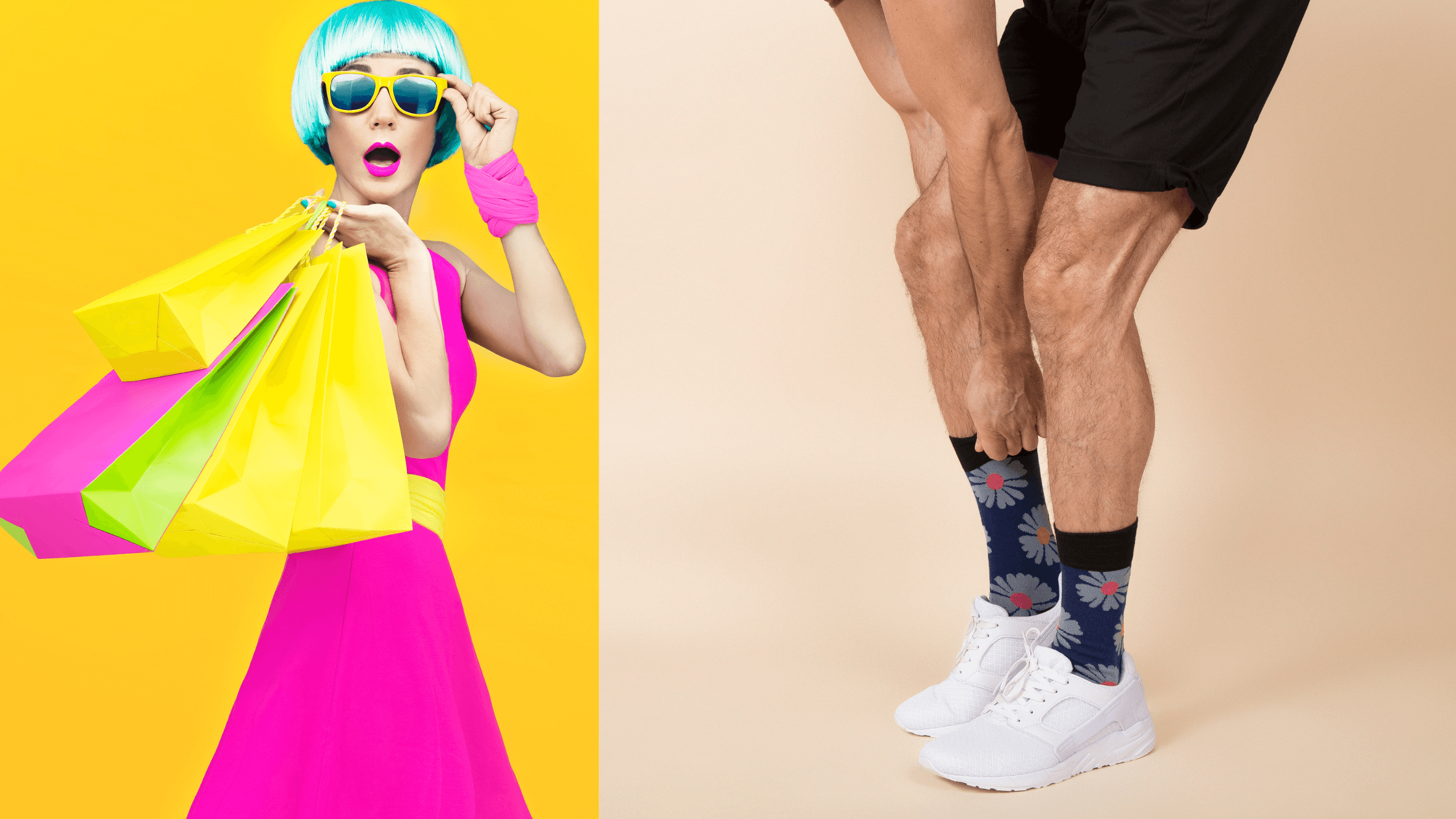
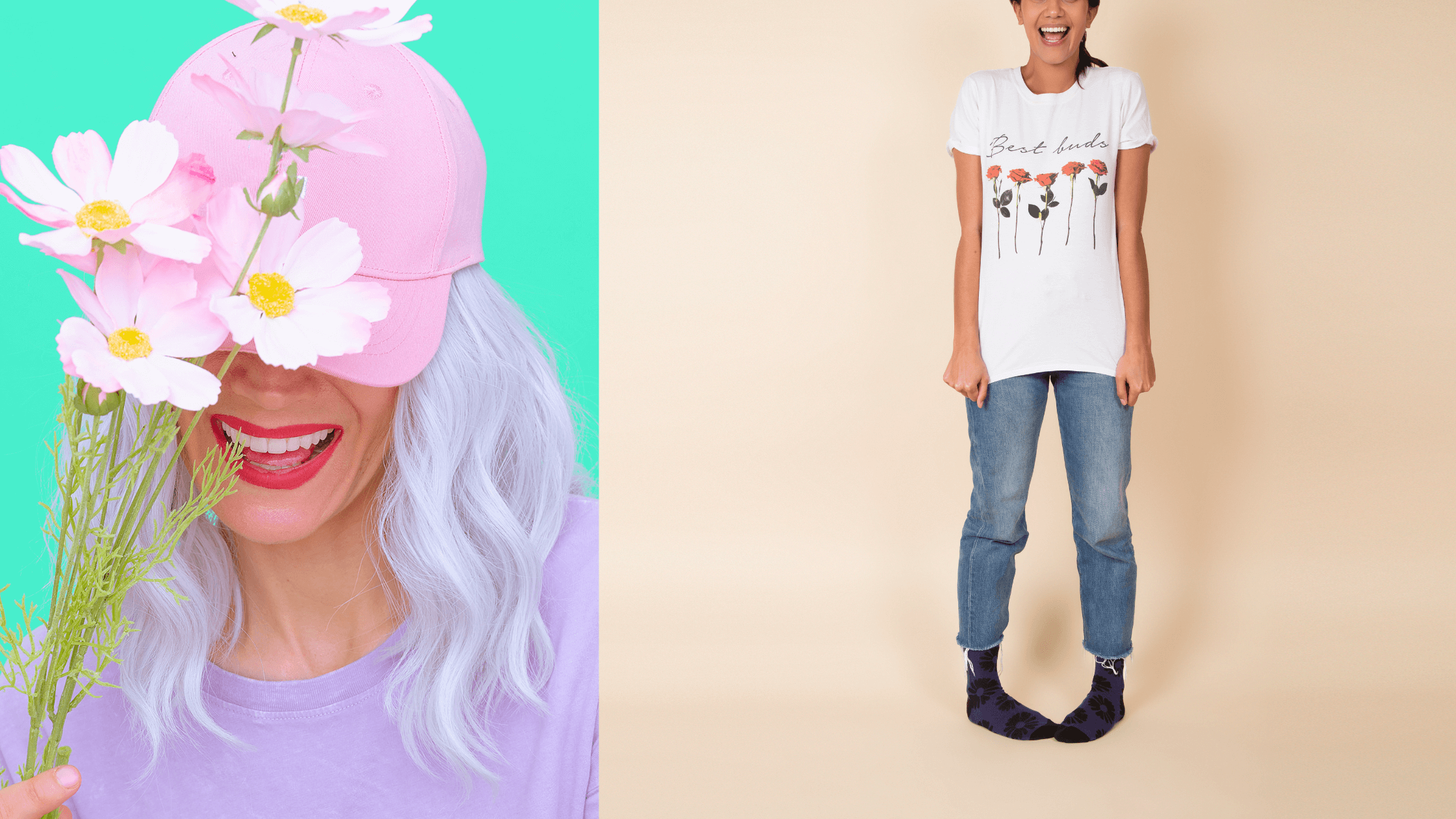
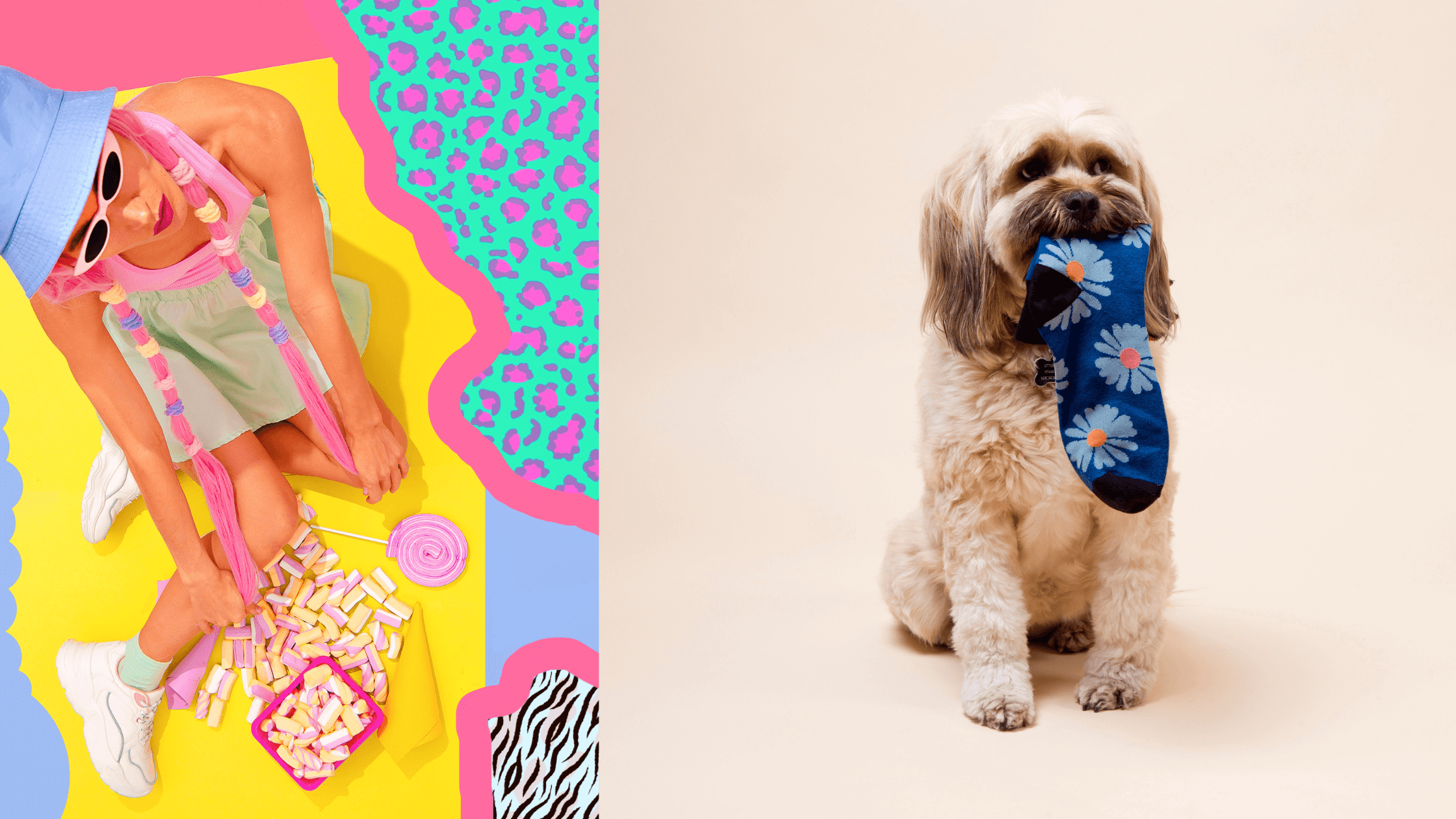






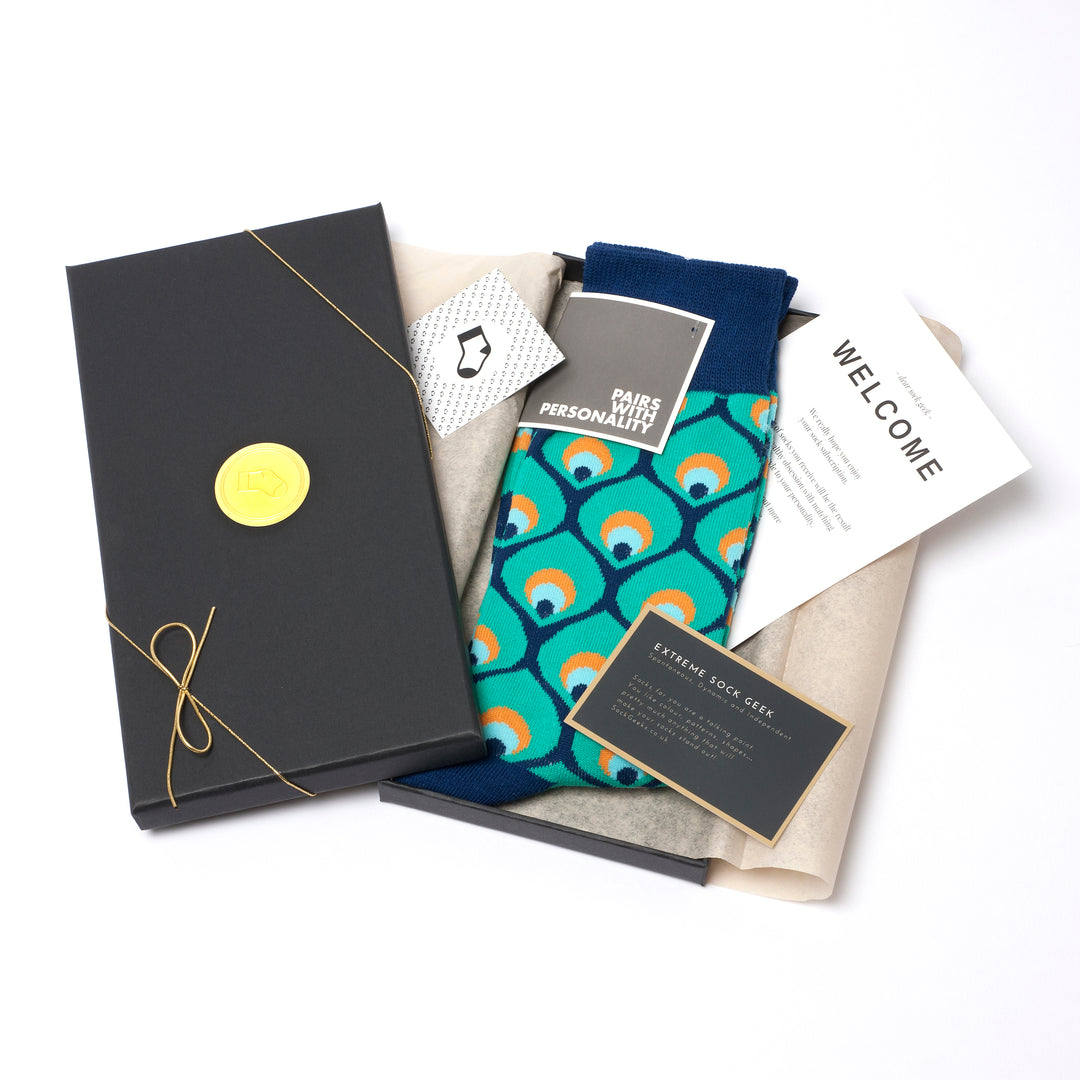
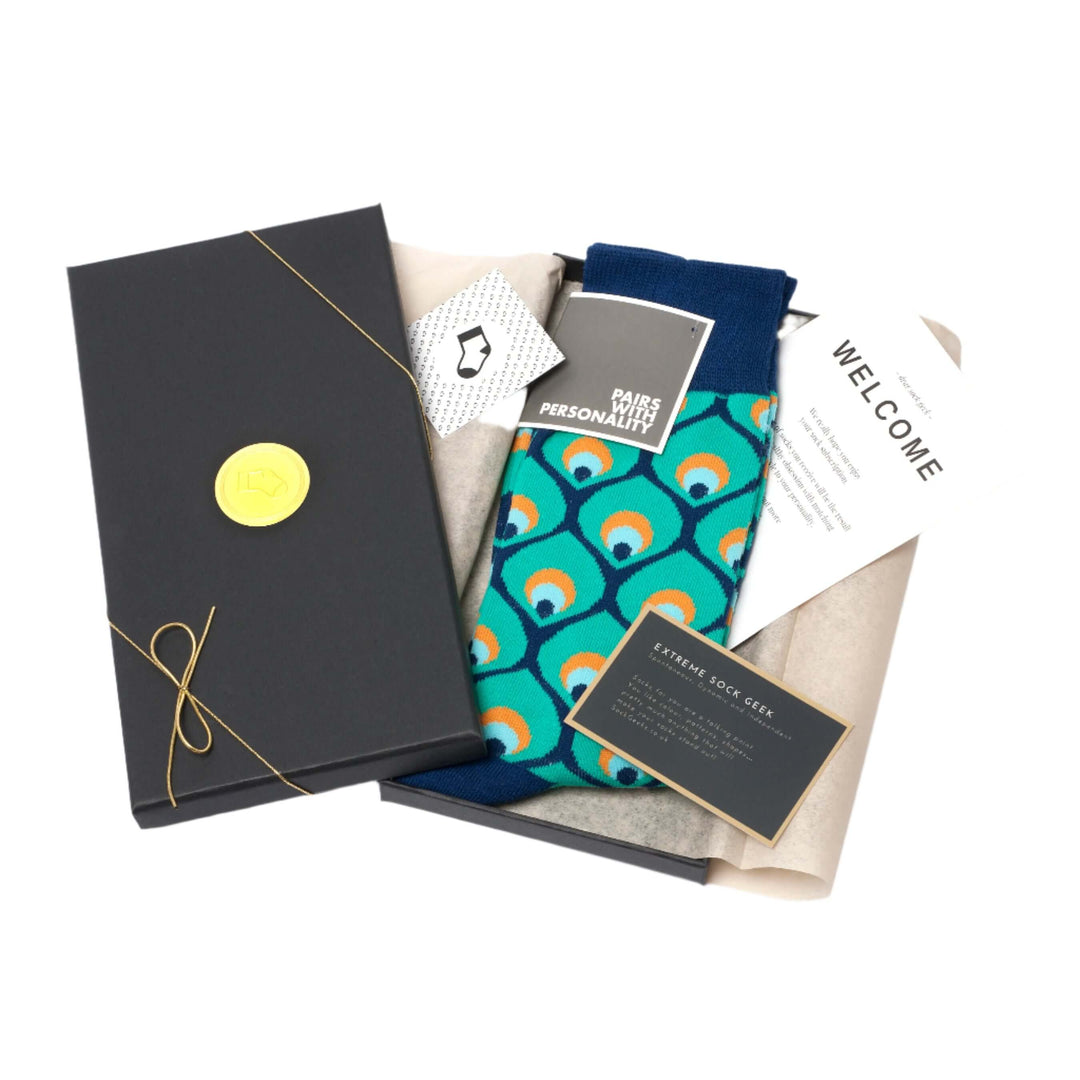
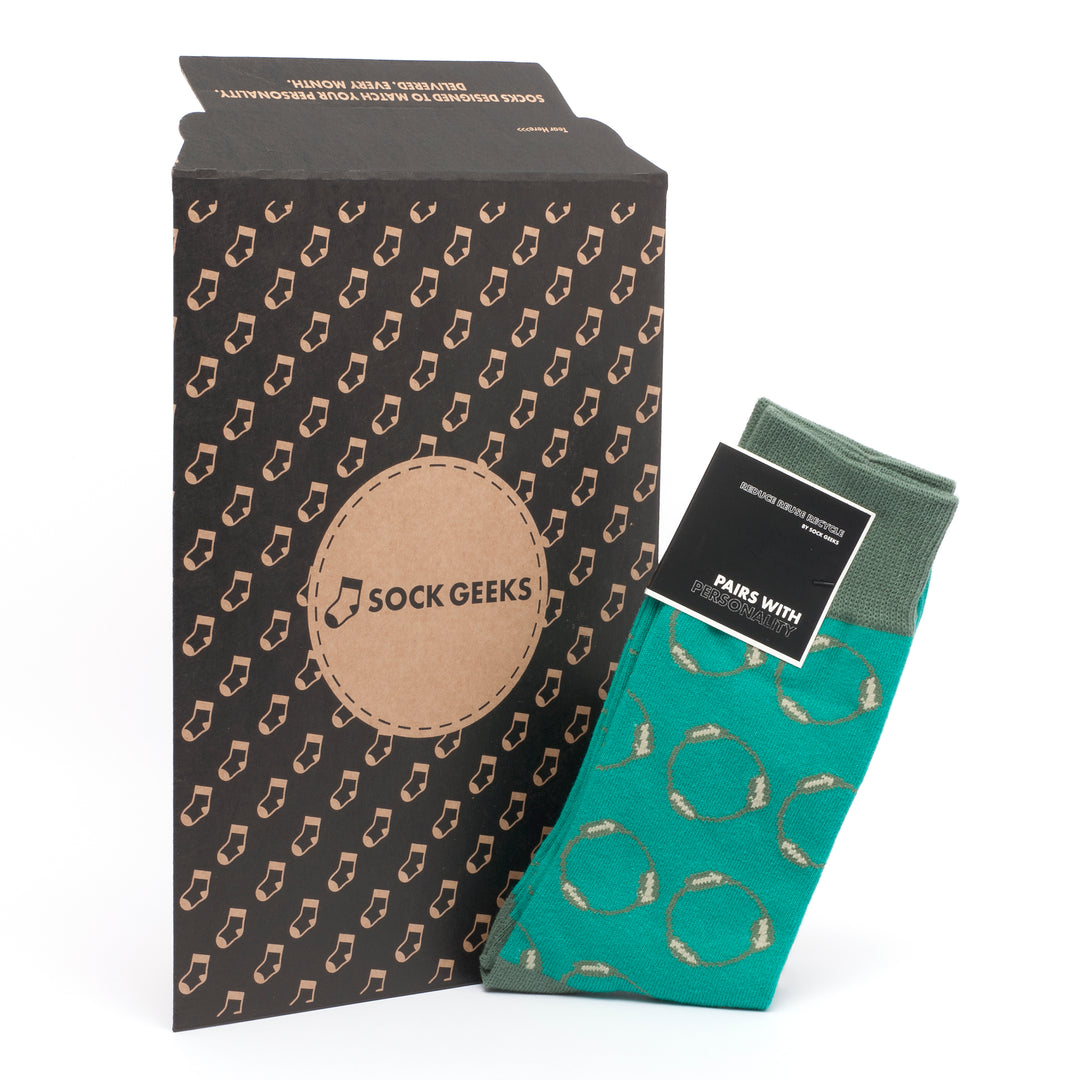
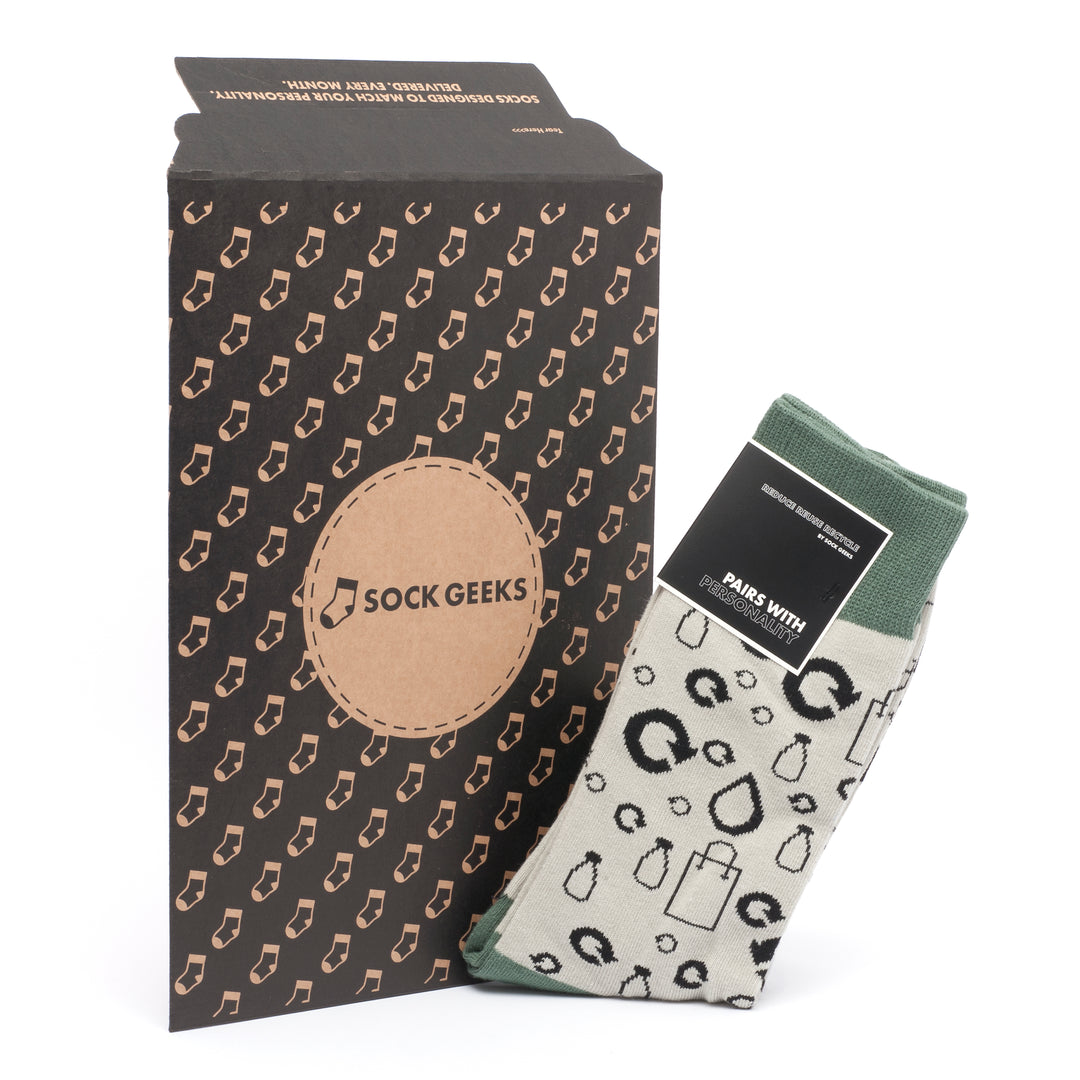



Leave a comment